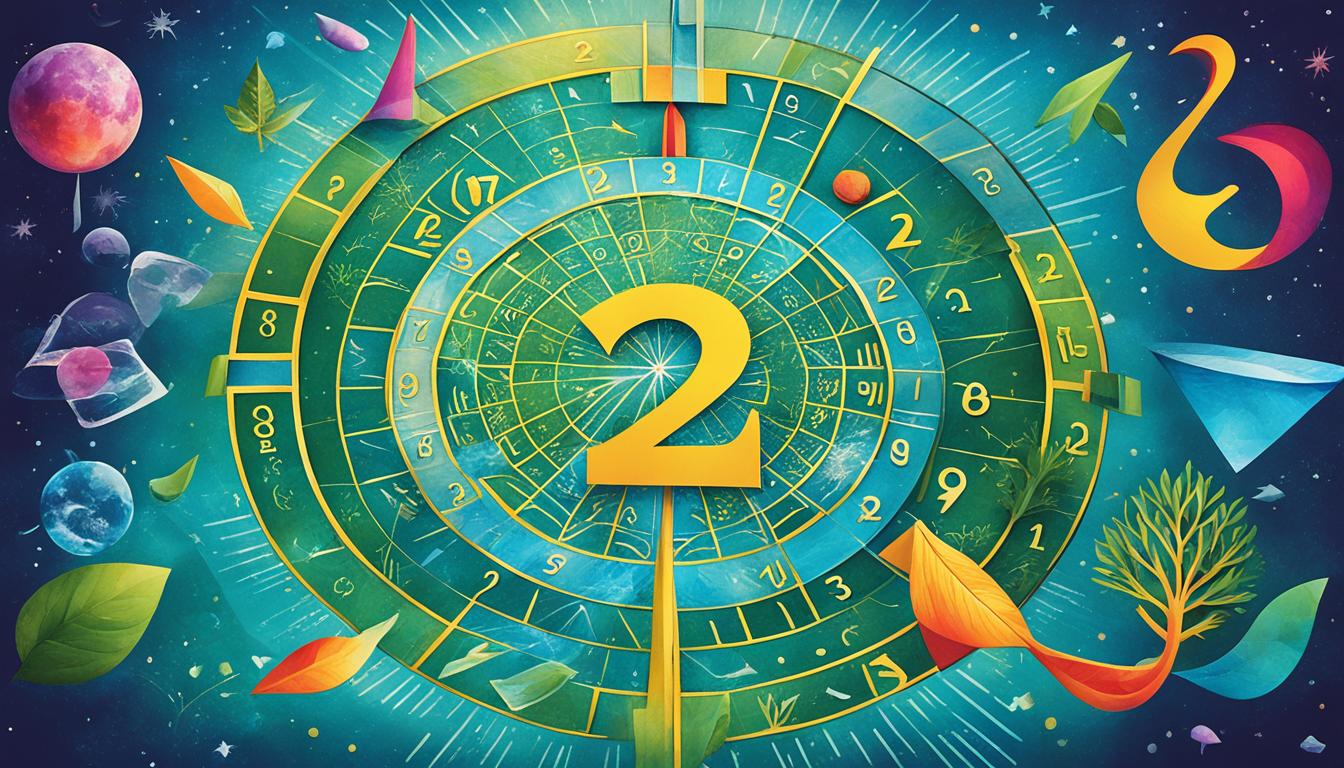Have you ever woken up from a dream feeling confused, curious, or even disturbed? Dreams are a normal part of our sleep cycle, but they can hold deeper meanings that are important to explore. Exploring common dreams, understanding them and their interpretations can offer insights into our subconscious desires, fears, and aspirations, ultimately guiding us toward personal growth.
As a professional copywriting journalist, I have researched and explored the fascinating world of common dreams and their interpretations. In this article, I will delve into the meaning behind common dreams, provide insights into dream interpretation, and share techniques for lucid dreaming. Join me on this journey of self-discovery!
Key Takeaways:
- Common dreams hold deeper meanings that can provide insights into our subconscious desires, fears, and aspirations.
- Dream interpretation is the process of assigning meaning to our dreams, and it can offer valuable insights into our inner selves.
- Lucid dreaming is a technique that can enhance our ability to gain insights from our dream experiences.
What are Common Dreams?
Have you ever woken up from a dream and wondered why you keep having the same dream over and over again? Common dreams are those that occur frequently among many people, often sharing similar themes or elements. These dreams can offer valuable insights into our subconscious mind and provide guidance for personal growth and self-discovery.
Recurring dreams are a type of common dream that can have significant meanings for individuals. These are dreams that are repeated with similar scenarios, symbols, or feelings. Recurring dreams often indicate unresolved issues or fears in our waking life that need attention and resolution.
Unraveling Dream Symbols and Meanings
Understanding the symbolism behind common dream elements can provide valuable insights into our subconscious minds. Here are some popular dream symbols and their possible meanings:
| Dream Symbol | Possible Meaning |
|---|---|
| Falling | A loss of control or anxiety about a situation. |
| Teeth | A reflection of self-image or fear of losing power. |
| Being Chased | A representation of avoiding a problem or fear in waking life. |
| Nudity | A symbol of vulnerability or exposure. |
| Death | Change or transformation. |
It’s important to remember that dream symbolism can vary depending on personal experiences and cultural background. For example, a snake may be interpreted as a symbol of wisdom in some cultures while in others it represents fear or deceit.
When analyzing your dreams, it’s helpful to consider the emotions and events in your waking life that may have influenced them. This can provide a more personalized interpretation of the dream symbols and their meanings.
The Impact of Emotions on Dreams
Our emotions have a significant impact on our dreams. It is common to have dreams that reflect our current emotional state, whether it be anxiety, fear, happiness, or sadness. Dreams can also be influenced by past emotional experiences, such as traumas or unresolved conflicts.
Understanding the emotional connections in our dreams is crucial for interpreting their meanings. For example, a dream about being chased can represent a fear of being pursued in real life, while a dream about falling can symbolize a lack of control or feeling vulnerable.
It is essential to acknowledge and process our emotions to gain a deeper understanding of our dreams. Journaling, therapy, and meditation are some effective ways to explore and work through our emotions.
When interpreting dreams, it is vital to consider the emotional context and connections to real-life experiences. This approach can provide valuable insights into our subconscious minds and help us navigate our emotions in waking life.
Lucid Dreaming: Taking Control of Your Dreams
Lucid dreaming is an incredible phenomenon that can provide powerful insights into the subconscious mind. Essentially, lucid dreaming occurs when you become aware that you are dreaming and can take control of the dream scenario. This can be an incredibly empowering experience, allowing you to explore your dreamscape in a whole new way and potentially gain deeper insights into your waking life.
If you are interested in exploring lucid dreaming, there are a few techniques that can be helpful. One approach is to keep a dream journal, recording your dreams as soon as you wake up. This can help you identify patterns and themes in your dreams, making it easier to recognize when you are dreaming. Another technique is to perform reality checks throughout the day, such as trying to push your finger through your palm or looking at a clock multiple times to see if the time changes. By practicing these reality checks, you may be more likely to recognize when you are in a dream state and can take control.
Once you are able to achieve lucid dreaming, the possibilities are endless. You can explore different dream scenarios, confront fears or anxieties, or simply take control of the dream and see where it leads. Lucid dreaming can also be a valuable tool for interpreting dreams, as you may be able to ask dream characters or symbols questions and gain deeper insights into their meanings.
Overall, lucid dreaming is a fascinating and potentially transformative experience. By practicing techniques to achieve lucid dreaming, you can expand your understanding of yourself and your dreams, and potentially even gain valuable insights into your waking life.
The Science of Dream Analysis
As a journalist who has explored the topic of common dreams extensively, I have come across various scientific theories related to dream analysis. While some researchers believe that dreams hold specific meanings that can be interpreted to understand our subconscious mind, others argue that dreams are random and do not hold any significant meaning.
One of the most prominent theories related to dream analysis is the Freudian perspective. According to Sigmund Freud, dreams are a reflection of our deepest desires and motivations. He believed that our dreams contain hidden symbols and meanings that, when interpreted correctly, can provide valuable insights into our unconscious mind. Freud identified two types of content in our dreams: manifest content, which is the actual content we experience in our dreams, and latent content, which represents the hidden meaning behind the manifest content.
Another influential theory related to dream analysis is the Jungian perspective. Carl Jung believed that our dreams reflect our personal and collective unconsciousness. He argued that our dreams contain symbols that are universal and can be interpreted to understand the collective experiences of humanity. Jung believed that understanding our dreams can help us attain a higher level of self-awareness and personal growth.
While these theories have contributed greatly to our understanding of dreams, there is still much debate surrounding the science of dream analysis. Some researchers argue that dreams are simply a by-product of our brain’s activity during sleep and do not hold any specific meaning. However, many individuals continue to seek insights through interpreting their dreams, and the scientific study of dreams remains an active area of research.
Common Dreams and Personal Growth
As I explored the symbolism and meanings behind common dream elements in section 3, it became clear to me that interpreting our own dreams can provide valuable insights into our subconscious desires, fears, and aspirations. This understanding can guide us toward personal development and ultimately lead to personal growth.
When we take the time to explore our common dreams, we unlock a world of possibilities for self-discovery. Through dream interpretation, we can gain a deeper understanding of our emotions, motivations, and thought patterns. This knowledge can help us identify areas for improvement and work towards becoming the best version of ourselves.
It’s important to note that understanding our dreams is a personal journey. While dream symbols may have universal meanings, the interpretations we assign to them are unique to our individual experiences and perspectives. Therefore, it’s crucial to approach dream analysis with an open mind and without judgment.
By exploring the insights and interpretations of our common dreams, we can gain a better understanding of ourselves and navigate our lives with greater purpose and clarity. As I move forward in my own dream interpretation journey, I’m excited to continue learning and growing, and I encourage you to do the same.
The Role of Culture in Dream Symbolism
When it comes to understanding the symbolism and meanings behind common dreams, it is important to consider the role that culture plays in shaping our interpretations.
For example, a snake may be viewed as a symbol of danger and fear in Western cultures, while in Eastern cultures it may be seen as a symbol of transformation and rebirth.
Similarly, certain dream symbols may hold different meanings for individuals from different cultural backgrounds. For instance, a dream about a wedding may represent a joyous celebration in Western cultures, while in some Asian cultures, it may signify a looming sense of duty or obligation.
By taking into account the cultural contexts in which dream symbols arise, we can gain a deeper understanding of our dreams and the messages they convey. Examining our own cultural experiences and beliefs can also help us interpret our dreams with greater accuracy and insight.
Navigating Nightmares: Insights and Coping Strategies
Nightmares are often distressing and can leave us feeling anxious or frightened. While they are a normal part of dreaming, they can be indicative of deeper psychological issues that need to be addressed.
In order to gain insights into the root causes of your nightmares, it can be helpful to keep a dream journal. Write down the details of your dream as soon as you wake up, including any emotions you experienced during the dream. This can help you identify patterns and triggers that contribute to your nightmares.
If you find yourself frequently experiencing nightmares, it may be helpful to seek the guidance of a therapist or counselor. They can offer coping strategies and provide support as you work through any underlying psychological issues.
One effective coping strategy for nightmares is practicing relaxation techniques. This can include deep breathing exercises, meditation, or progressive muscle relaxation. By focusing on calming your body and mind, you can reduce the intensity of your nightmares and improve your ability to cope with them.
It is also important to create a calming sleep environment. This can include eliminating sources of stress, such as noise or bright lights, and establishing a consistent bedtime routine. Restful sleep can help reduce the frequency of nightmares and improve overall mental health.
Remember, nightmares are a normal part of dreaming and can provide valuable insights into our subconscious. With the right coping strategies and support, we can navigate our nightmares and use them as a tool for personal growth and self-discovery.
Conclusion
In conclusion, exploring and interpreting our common dreams can offer valuable insights into our subconscious minds and guide us toward personal growth and self-discovery. As I have discussed throughout this article, understanding the meanings and symbolism behind common dream elements, as well as the influence of emotions and cultural contexts, can enhance our ability to interpret and learn from our dream experiences.
By taking control through lucid dreaming and seeking scientific perspectives on dream analysis, we can deepen our understanding of the messages our dreams are trying to convey. And for those who experience frequent or distressing nightmares, there are coping strategies available to help navigate these difficult experiences.
I encourage you to reflect on your own dream experiences and consider how they may be guiding you toward personal growth and development. Remember, common dreams are not just random images that occur during sleep, but rather meaningful journeys through our subconscious minds, waiting to be explored and understood.
FAQ
Q: What are common dreams?
A: Common dreams are dreams that occur frequently among individuals. They often reflect common experiences, emotions, and themes that many people can relate to.
Q: How can I interpret the meanings behind common dreams?
A: Dream interpretation involves analyzing the symbols, themes, and emotions present in your dreams to gain insight into your subconscious mind. Keeping a dream journal and exploring the connections between your dream elements and your waking life can help you interpret the meanings behind your common dreams.
Q: Why do certain dreams occur more frequently than others?
A: Common dreams often occur more frequently because they reflect universal human experiences, fears, desires, and emotions. These dreams tap into our collective consciousness and can provide insights into shared themes and concerns.
Q: How can I unravel dream symbols and their meanings?
A: Understanding dream symbols requires analyzing the context in which they appear and considering their personal significance to you. Dream symbols can have different meanings for different individuals, so it’s essential to explore your own associations and emotions related to these symbols.
Q: How do emotions impact our dreams?
A: Emotions can influence the content and tone of our dreams. Different emotions can manifest in our dreams, such as fear, joy, sadness, or anxiety. Interpreting these emotional connections in our dreams can help us uncover deeper meanings and gain a better understanding of our subconscious thoughts and feelings.
Q: What is lucid dreaming and how can it help with dream interpretation?
A: Lucid dreaming is the state of being aware that you are dreaming while still in the dream. It allows you to take control of your dreams and actively participate in them. Lucid dreaming can enhance your ability to explore and interpret your dreams, as you can consciously engage with dream elements and symbols, gaining valuable insights.
Q: How do scientists analyze and interpret dreams?
A: Dream analysis involves studying various theories and approaches, such as Freudian and Jungian perspectives, to understand the meaning behind dreams. Researchers use different methods like content analysis and personal interviews to interpret dreams and uncover patterns and connections between dream elements and individuals’ lives.
Q: Can interpreting common dreams lead to personal growth?
A: Yes, interpreting common dreams can lead to personal growth. By understanding the insights and messages behind our dreams, we can gain a deeper understanding of ourselves, our desires, fears, and aspirations. This self-awareness can guide us toward personal development and help us navigate our lives more consciously.
Q: How does culture influence dream symbolism and interpretation?
A: Culture plays a significant role in dream symbolism and interpretation. Different cultural beliefs, experiences, and contexts can shape the meanings assigned to common dream symbols. Understanding cultural influences can provide additional insight into the symbolic language of dreams and contribute to a more comprehensive interpretation.
Q: How can I cope with nightmares related to common dreams?
A: Coping with nightmares involves understanding their potential causes and implementing strategies to reduce their frequency and impact. Techniques like relaxation exercises, maintaining a consistent sleep routine, and addressing underlying stress or anxiety can help alleviate nightmares. Seeking support from a therapist or counselor may also be beneficial.



